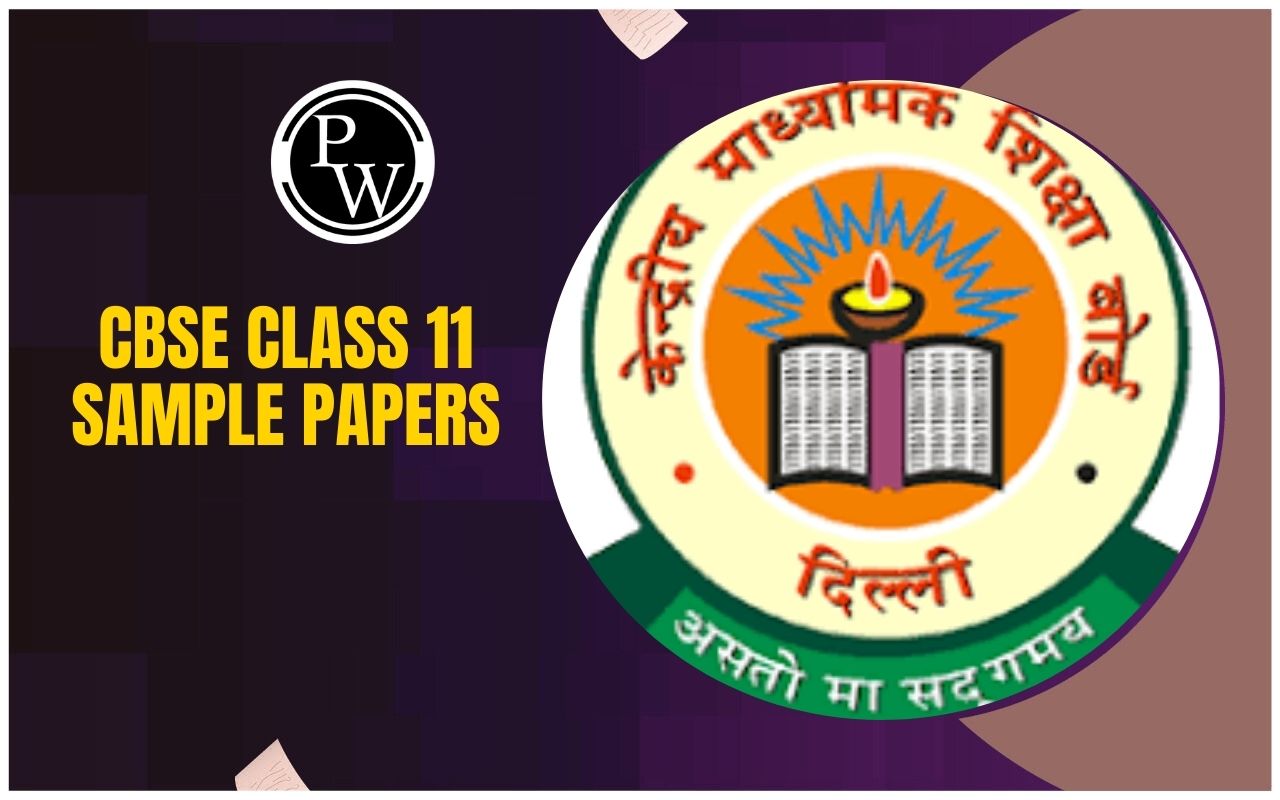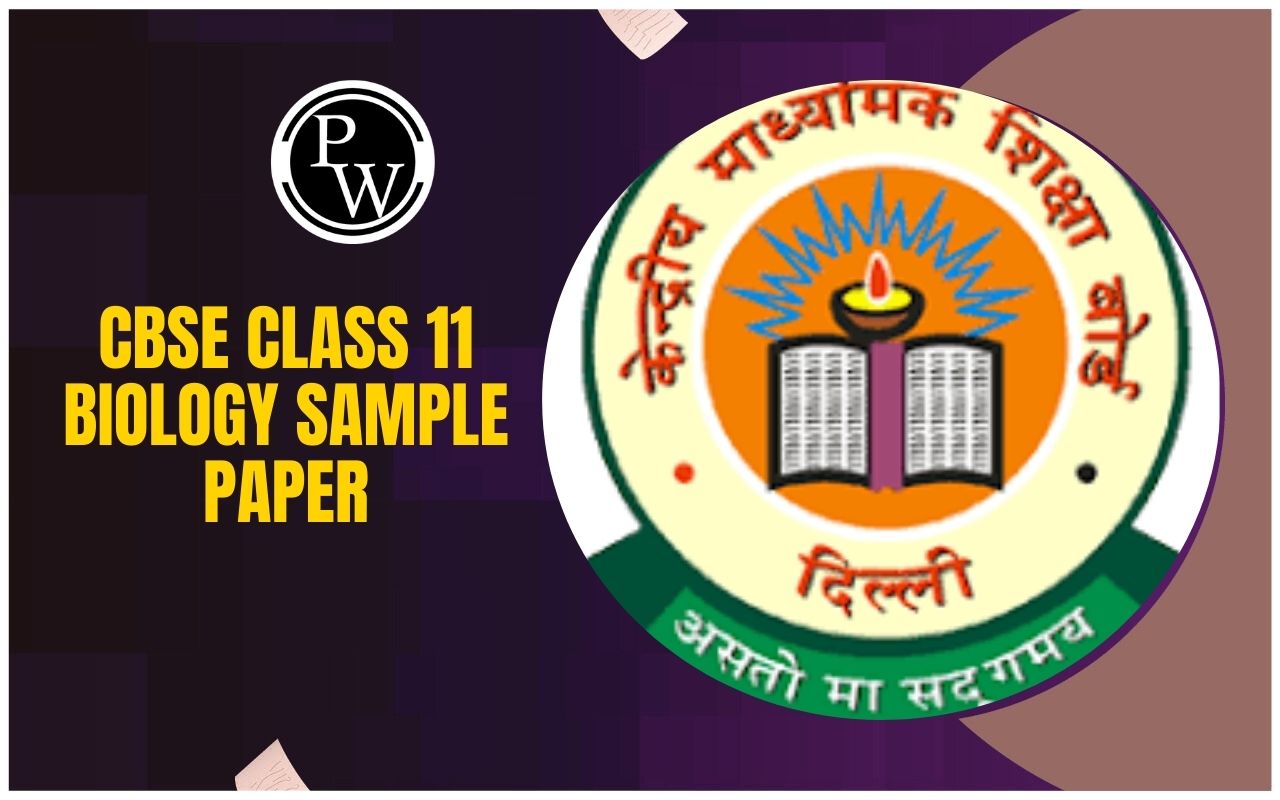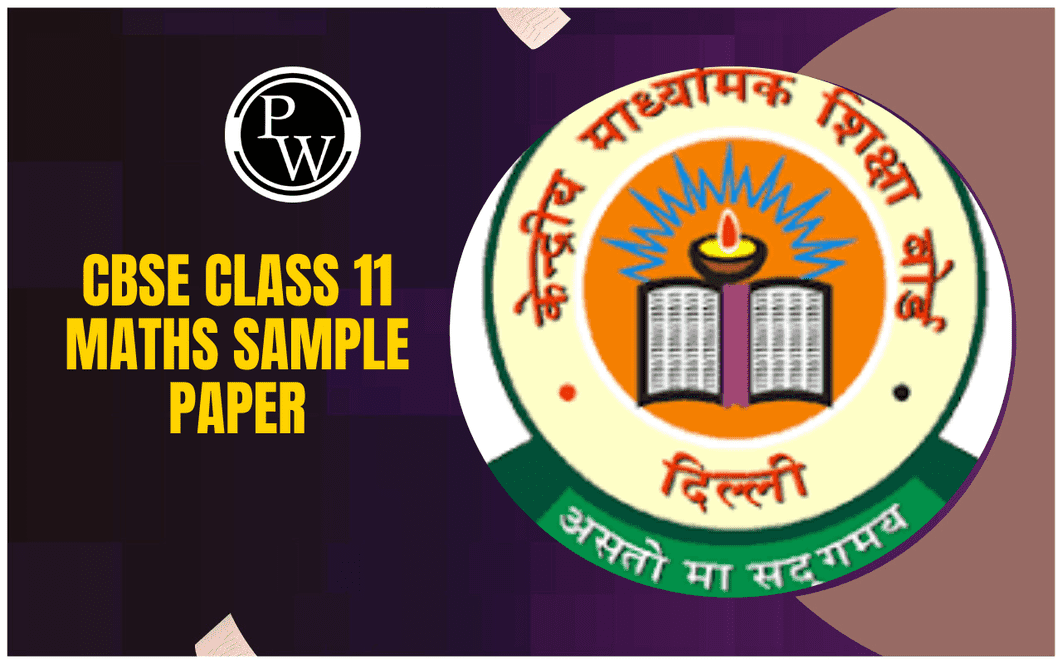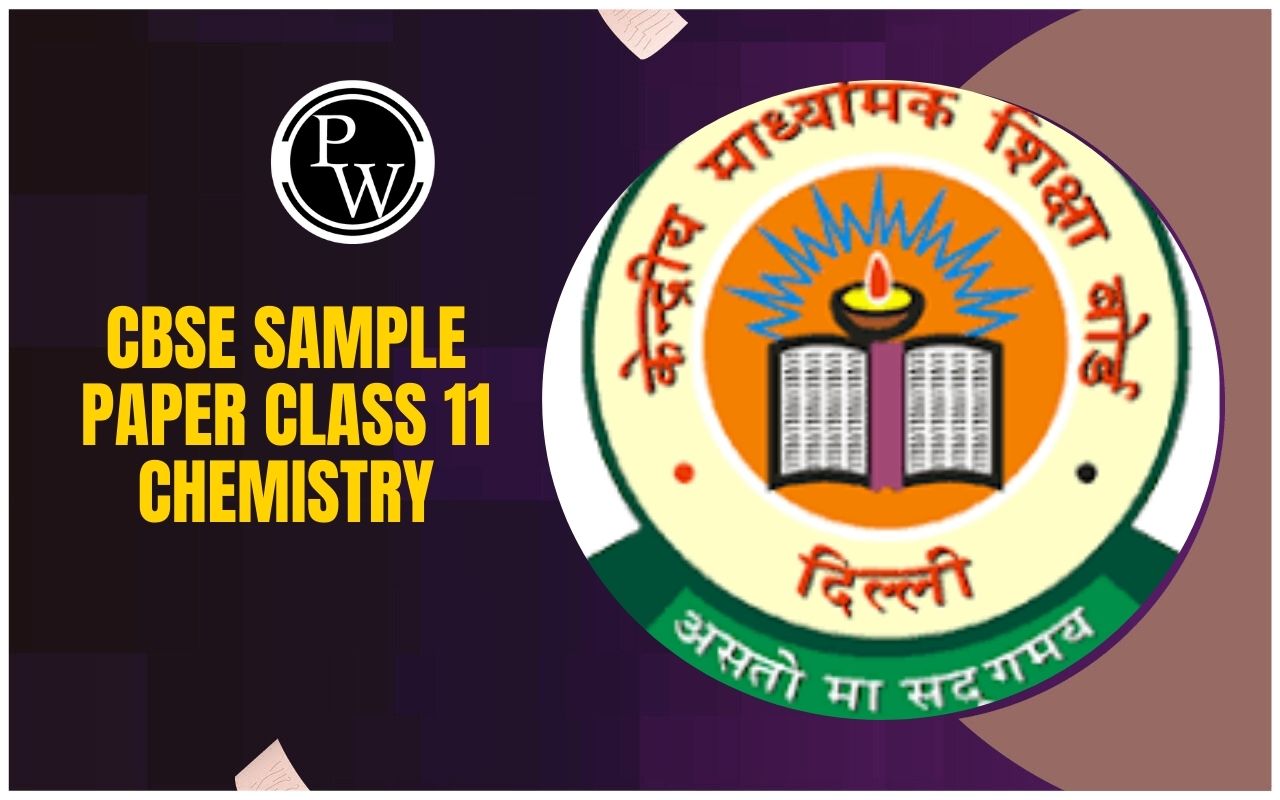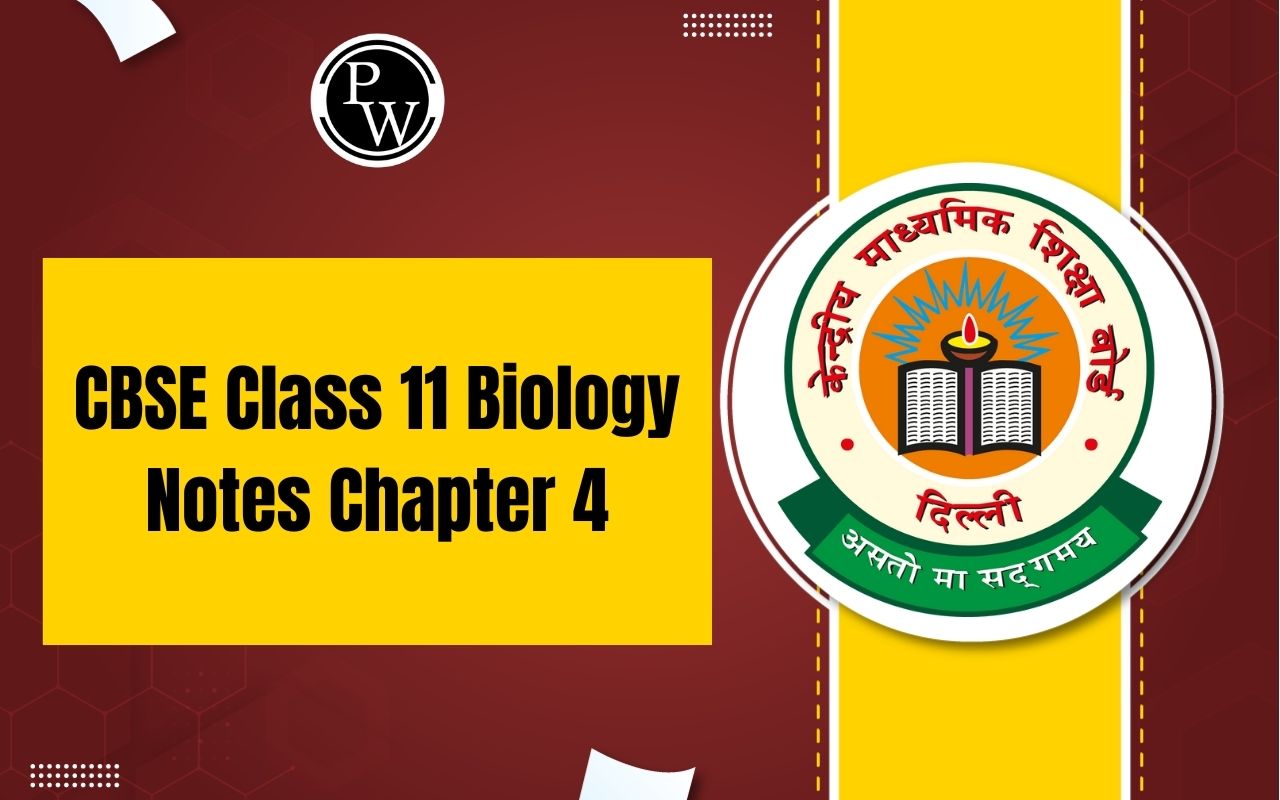
NCERT Solutions for Class 11 Biology Chapter 14: Breathing and Exchange of Gases explains how living beings breathe and exchange oxygen and carbon dioxide. It describes the parts of the respiratory system, like the lungs, and how they work together to take in oxygen and remove carbon dioxide.
The chapter also talks about how oxygen and carbon dioxide travel in the blood, how breathing is controlled, and some common breathing problems. This helps us understand how our body gets the oxygen it needs to produce energy and stay alive.NCERT Solutions for Class 11 Biology Chapter 14 Question Answer
Basic Definitions and Concepts: Questions in this section ask for definitions of key terms like breathing, external respiration, internal respiration, and cellular respiration. Students must also understand terms like tidal volume, vital capacity, and residual volume.
Structure and Function of the Respiratory System: Questions may require students to describe the human respiratory system, including the lungs, trachea, bronchi, and alveoli. Diagram-based questions might involve labeling parts of the respiratory system and explaining their roles in gas exchange.
Mechanism of Breathing: This part of the exercise includes questions on how inspiration (inhaling) and expiration (exhaling) occur. Students may need to explain the role of the diaphragm, intercostal muscles, and pressure changes in the lungs.
Exchange and Transport of Gases: Students are asked to explain how oxygen is transported by hemoglobin in the blood and how carbon dioxide is transported as bicarbonate ions. The exercise may include questions on the oxygen dissociation curve and factors affecting it.
Regulation of Breathing: Questions in this section deal with how breathing is controlled by the respiratory center in the brain and how it responds to changes in oxygen and carbon dioxide levels in the blood.
Respiratory Volumes and Capacities: Students might solve numerical problems or explain terms like inspiratory reserve volume (IRV), expiratory reserve volume (ERV), and total lung capacity (TLC).
Disorders of the Respiratory System: Questions may ask about common respiratory disorders like asthma, emphysema, and chronic obstructive pulmonary disease (COPD), their causes, and symptoms.
Comparison of Respiratory Processes in Animals: Some questions could compare breathing mechanisms in humans with other organisms like insects, birds, and aquatic animals.
NCERT Solutions for Class 11 Biology Chapter 14 Question Answers PDF
NCERT Solutions for Class 11 Biology Chapter 14 Question Answers PDF
1. Define vital capacity. What is its significance?
Answer:
Vital capacity is the maximum amount of air that a person can exhale after a deep inhalation.Significance:
- It shows the maximum capacity of the lungs to renew air during breathing.
- A higher vital capacity provides more oxygen for energy production through glucose oxidation, enhancing physical performance.
2. State the volume of air remaining in the lungs after normal breathing.
Answer:
It can be stated by the functional residual capacity (FRC). FRC is the volume of air that remains in the lungs after a normal expiration. The functional residual capacity is both the expiratory reserve volume (ERV) and residual volume (RV). The expiratory reserve volume is the maximum volume of air which can be exhaled post a normal expiration which is approximately 1000 ml-1500 ml. The residual volume is the volume of air that remains in the lungs after maximum expiration which is about 1100 ml to 1500 ml. Hence, FRC = ERV + RV ≅ 1500 + 1500 = 3000 ml Thus, the functional residual capacity of the lungs in human beings is nearly 2500 ml to 3000 ml.3. Why does the diffusion of gases occur only in the alveolar region?
Answer:
Gas exchange happens only in the alveoli because:
- Thin membrane: The alveolar walls are extremely thin, allowing easy gas movement.
- Close blood supply: The alveoli are surrounded by capillaries for efficient oxygen and carbon dioxide exchange.
- Pressure difference: The alveolar air has higher oxygen and lower carbon dioxide levels compared to blood, promoting diffusion.
4. What are the major transport mechanisms for CO₂?
Answer:
CO₂ is transported in the blood in three ways:- Dissolved in plasma: About 5-10% of CO₂ dissolves directly in the blood plasma.
- As bicarbonate ions: Most CO₂ reacts with water to form bicarbonate ions in the presence of an enzyme called carbonic anhydrase.
- Bound to hemoglobin: CO₂ combines with hemoglobin to form carbamino-hemoglobin.
5. What will be the pO 2 and pCO 2 in the atmospheric air compared to those in the alveolar air?
(i) pO 2 lesser, pCO 2 higher
(ii) pO 2 higher, pCO 2 lesser
(iii) pO 2 higher, pCO 2 higher
(iv) pO 2 lesser, pCO 2 lesser
Answer:
The pO 2 and pCO 2 in the atmospheric air compared to those in the alveolar air will be: (ii) pO 2 higher, pCO 2 lesser In a mixture of gases, each gas exerts a pressure known as partial pressure. These gases always diffuse across the pressure gradient. Oxygen permeates easily into the lungs when the level of pO 2 is higher in the atmosphere. Likewise, carbon dioxide can diffuse out of the body easily if the pCO 2 level is lower in the atmosphere.6. Explain the process of inspiration under normal conditions.
Answer:
Inspiration is the process of drawing air into the lungs.- The diaphragm contracts , moving downward, and the external intercostal muscles lift the ribs , expanding the chest cavity.
- This increases the volume of the thoracic cavity, reducing pressure inside the lungs.
- Air from the atmosphere flows into the lungs due to this pressure difference.
7. How is respiration regulated?
Answer:
Respiration is regulated by the respiratory center located in the medulla oblongata and the pons in the brain. These centers work together to maintain proper breathing rates and patterns based on the body's needs. Here's how it works: 1. Respiratory Rhythm Center- Located in the medulla oblongata , it generates basic breathing rhythms.
- It controls the contraction and relaxation of respiratory muscles, ensuring regular inspiration and expiration.
- Found in the pons , it regulates the rate and depth of breathing.
- It limits the duration of inspiration by sending inhibitory signals, preventing over-inflation of the lungs.
-
The levels of
carbon dioxide (CO₂)
,
oxygen (O₂)
, and
pH
in the blood influence respiration:
- High CO₂ or low pH: Detected by chemoreceptors in the medulla, aorta, and carotid arteries. These stimulate the respiratory center to increase breathing rate and depth, removing excess CO₂.
- Low O₂ levels: Peripheral chemoreceptors signal the respiratory center to enhance breathing for more oxygen intake.
- Stretch receptors in the lungs send signals to the brain to adjust breathing when the lungs expand or deflate.
- Voluntary control: The cerebral cortex can temporarily override automatic breathing, such as when speaking or holding breath.
8. What is the effect of pCO₂ on oxygen transport?
Answer:
- Low pCO₂ in the lungs helps oxygen bind to hemoglobin, forming oxyhemoglobin.
- High pCO₂ in tissues helps oxygen release from oxyhemoglobin, ensuring oxygen is delivered where it is needed.
9. What happens to the respiratory process in a man going up a hill?
Answer:
At high altitudes, oxygen levels are low, leading to a condition called hypoxia .- The body responds by increasing the breathing rate to take in more oxygen.
- The heart rate also increases to pump more oxygen-rich blood to tissues.
10. What is the site of gaseous exchange in an insect?
Answer:
Insects exchange gases through their tracheal system .- Air enters through spiracles , tiny openings on the body.
- The tracheae branch into smaller tubes, delivering oxygen directly to tissues.
- Carbon dioxide exits through the same system.
11. Define oxygen dissociation curve. Why is it sigmoidal?
Answer:
 The oxygen dissociation curve shows the relationship between the partial pressure of oxygen (pO₂) and hemoglobin saturation with oxygen.
It is sigmoidal because:
The oxygen dissociation curve shows the relationship between the partial pressure of oxygen (pO₂) and hemoglobin saturation with oxygen.
It is sigmoidal because:
- When one oxygen molecule binds to hemoglobin, it makes it easier for the next molecules to bind.
- At higher pO₂, hemoglobin becomes fully saturated, forming a plateau on the curve.
12. What is hypoxia?
Answer:
Hypoxia is a condition where the body or part of it doesn’t get enough oxygen.Types of hypoxia:
- Hypoxic: Low oxygen in the air.
- Anemic: Low hemoglobin levels.
- Stagnant: Poor blood circulation.
- Cytotoxic: Cells can’t use oxygen properly.
13. Distinguish between:
(a) IRV (Inspiratory Reserve Volume) and ERV (Expiratory Reserve Volume):
| IRV (Inspiratory Reserve Volume) | ERV (Expiratory Reserve Volume) |
|---|---|
| It is the extra volume of air that can be inhaled after a normal inhalation. | It is the extra volume of air that can be exhaled after a normal exhalation. |
| The average value in a healthy person is about 2500-3000 ml . | The average value in a healthy person is about 1000-1100 ml . |
| Helps measure the maximum capacity of the lungs during inhalation. | Helps measure the maximum capacity of the lungs during exhalation. |
(b) Inspiratory Capacity (IC) and Expiratory Capacity (EC):
| Inspiratory Capacity (IC) | Expiratory Capacity (EC) |
|---|---|
| It is the total volume of air that can be inhaled after a normal exhalation. | It is the total volume of air that can be exhaled after a normal inhalation. |
| It is calculated as: IC = Tidal Volume (TV) + Inspiratory Reserve Volume (IRV) . | It is calculated as: EC = Tidal Volume (TV) + Expiratory Reserve Volume (ERV) . |
| Indicates the maximum air a person can breathe in. | Indicates the maximum air a person can breathe out. |
(c) Vital Capacity (VC) and Total Lung Capacity (TLC):
| Vital Capacity (VC) | Total Lung Capacity (TLC) |
|---|---|
| It is the maximum amount of air that can be exhaled after a deep inhalation. | It is the total volume of air the lungs can hold after a deep inhalation. |
| It includes Inspiratory Capacity (IC) and Expiratory Reserve Volume (ERV) . | It includes Vital Capacity (VC) and Residual Volume (RV) . |
| The average value is about 4000 ml in healthy individuals. | The average value is about 5000-6000 ml in healthy individuals. |
14. What is tidal volume? Calculate for an hour.
Answer:
Tidal volume (TV) is the amount of air inhaled or exhaled in one normal breath, about 500 ml . Breaths per minute: 12-16. In one hour: 500 ml × 12 × 60 = 3,60,000 ml to 4,80,000 ml .Benefits of Solving NCERT Solutions for Class 11 Biology Chapter 14
- Concept Clarity: The solutions provide clear explanations of complex topics like gas exchange, oxygen transport, and respiratory mechanisms, helping students understand the concepts better.
- Exam Preparation: Practicing these solutions ensures thorough preparation for board exams and competitive exams like NEET, as the solutions follow NCERT guidelines.
- Improved Problem-Solving Skills: Students learn to approach different types of questions, such as diagrams, short answers, and long-form explanations, enhancing their analytical and problem-solving abilities.
- Boosts Confidence: By solving these questions, students gain confidence in tackling questions related to respiratory physiology, ensuring they are well-prepared for assessments.
- Step-by-Step Understanding: Each solution is explained in a detailed, step-by-step manner, making it easier to understand how to structure answers effectively in exams.
- Time Management: Regular practice with these solutions helps students learn to manage their time efficiently during exams, as they become familiar with the type and format of questions.
- Builds a Strong Foundation: This chapter is crucial for higher studies in biology, particularly human physiology. Solving the solutions helps build a solid foundation for future studies and applications.
NCERT Solutions for Class 11 Biology Chapter 14 FAQs
What is vital capacity and why is it important?
How is respiration regulated in the body?
Why is gas exchange only efficient in the alveolar region?
What is the effect of altitude on respiration?

